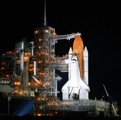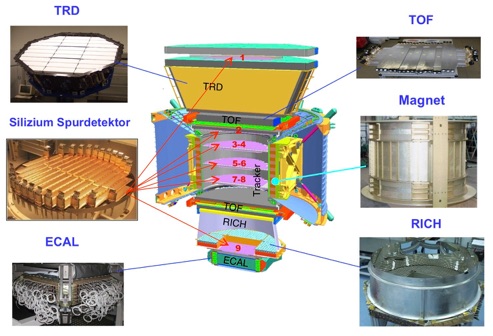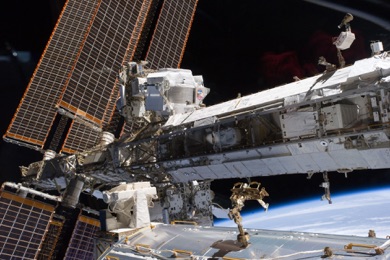The AMS-02 experiment is a state of the art particle physics detector in space. After the launch with the Space Shuttle it is designed to measure cosmic ray spectra on the ISS for a period of 18 years. The main scientific focus is the search for anti matter and dark matter.
In order to detect dark matter one strategy is to look for relic annihilations in the galactic halo, which might
produce a detectable access of antiprotons or positrons in cosmic rays.
AMS is build by an international collaboration of 500 physicists from 56 institutes from 16 countries.










